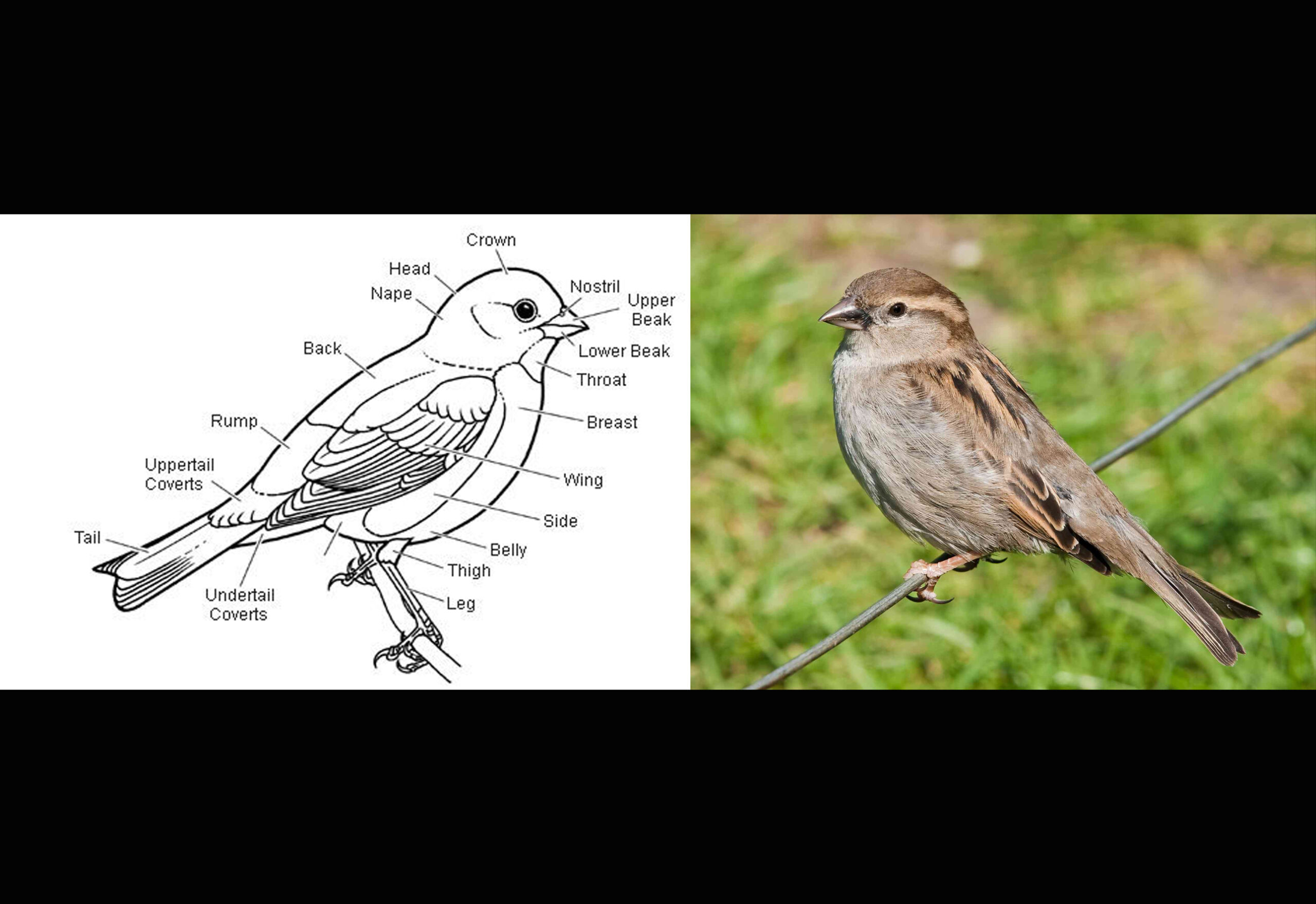Birds have several unique body characteristics that distinguish them from other animals.
Feathers: Feathers are a defining characteristic of birds. They provide insulation, enable flight, and aid in courtship displays. Feathers come in various types, such as contour feathers that give birds their shape and flight feathers that facilitate flying.
Wings: Wings are specialized forelimbs adapted for flight. They consist of bones, muscles, and feathers. The shape and size of wings vary among bird species, reflecting their flight adaptations, such as soaring, hovering, or rapid maneuvering.
Beak or Bill: Birds have a beak or bill instead of a traditional jaw. The beak is a lightweight, horn-covered structure that varies in shape and size according to the bird’s diet. Beaks can be adapted for different functions, such as probing, tearing, crushing, or filtering food.
Lightweight Skeleton: Bird skeletons are lightweight yet strong to support flight. They are characterized by hollow bones filled with air sacs, reducing overall weight. Some bones are fused or modified to enhance stability during flight.
Air Sacs and Efficient Respiratory System: Birds have a unique respiratory system that involves air sacs connected to their lungs. This arrangement allows for efficient gas exchange, ensuring a continuous supply of oxygen during flight.
High Metabolic Rate: Birds have a high metabolic rate, enabling them to generate energy required for flight and maintain body temperature. They possess efficient digestive and circulatory systems to support their metabolic needs.
Unique Circulatory System: Birds have a four-chambered heart, similar to mammals, which ensures efficient oxygen delivery to body tissues. Birds also have a higher heart rate than most mammals to meet their high energy demands.
Adaptations for Perching: Most birds have specialized feet adapted for perching on branches or other surfaces. They possess strong tendons and can lock their feet in a gripping position, allowing them to rest while perched.
Excellent Vision: Birds have well-developed eyesight, often superior to human vision. They have a wide field of view and excellent color vision, which helps them navigate, locate prey, and recognize each other.
These characteristics contribute to the remarkable diversity and adaptations observed in the avian world, enabling birds to occupy diverse habitats and fulfill various ecological roles.






